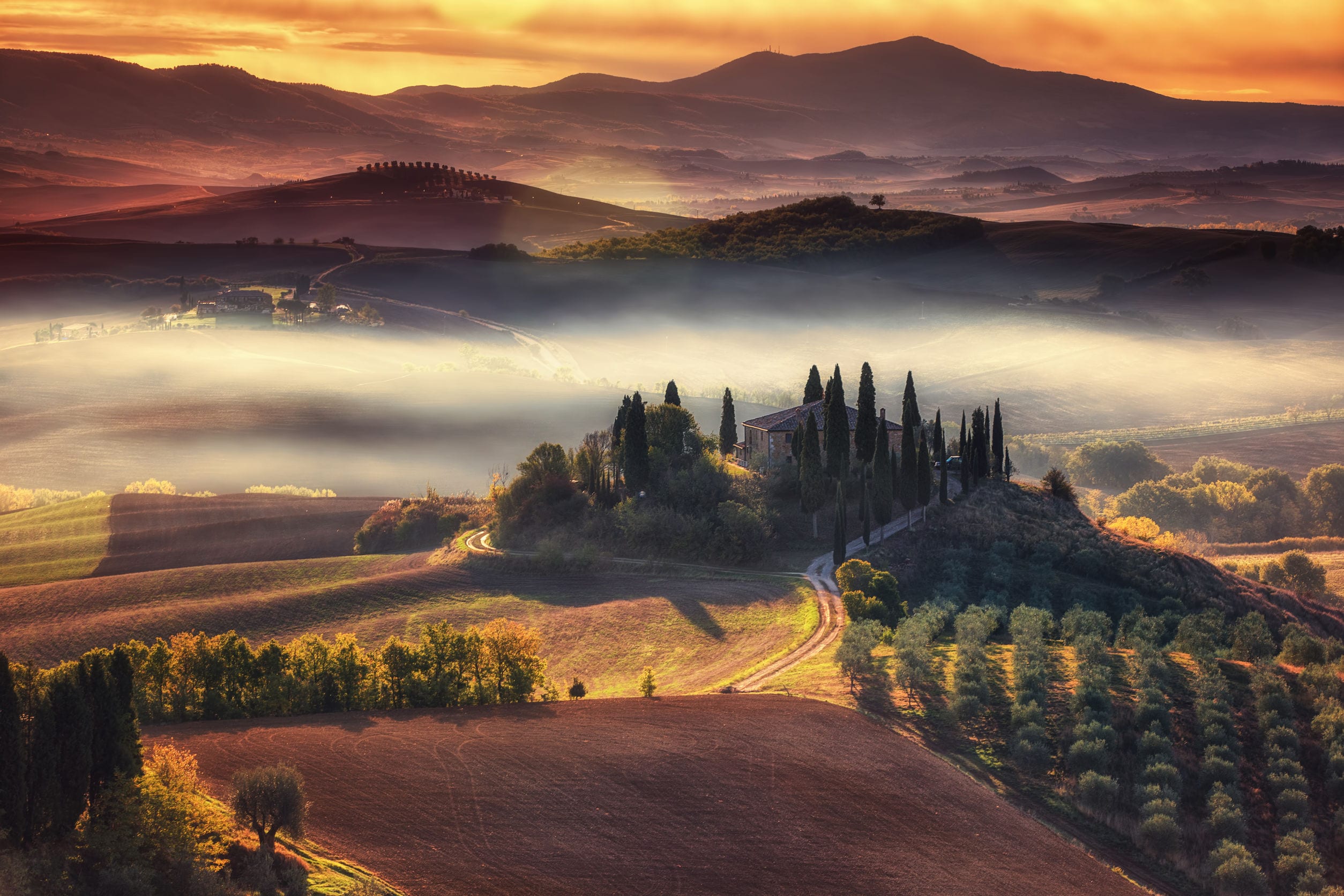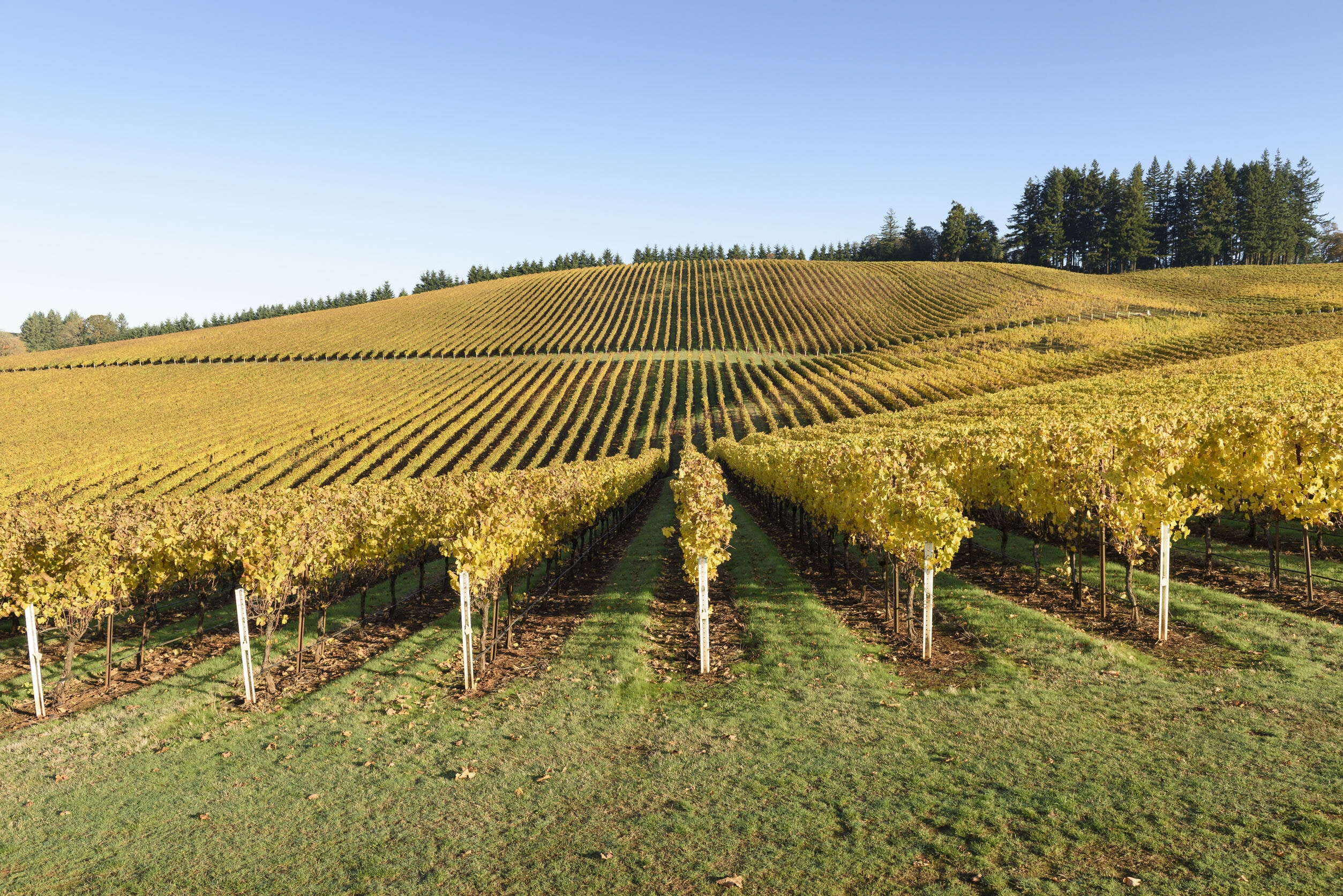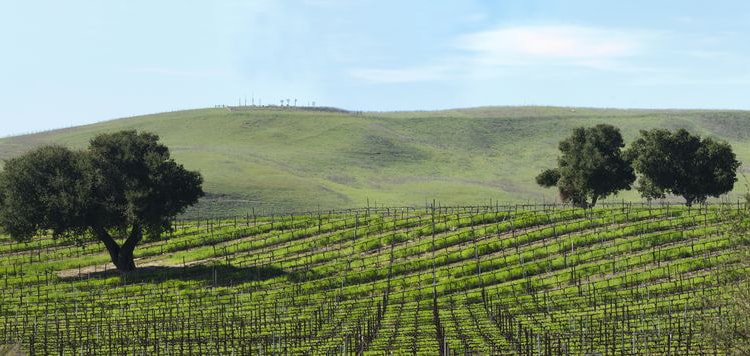Chianti is a beloved wine that's often hailed as one of the best vinos to pair with a number of dishes.
What it's made of
First and foremost, it's important to know exactly what Chianti is. Similar to the way Champagne is only produced in the French region of Champagne, Chianti is only made in Tuscany. Though there is a small town in Tuscany called Chianti, the wine is produced throughout the region.
Its title doesn't refer to the name of its grapes - the wine is actually derived from Sangiovese grapes that grow in the region. Other grapes, such as Canaiolo, Cabernet Sauvignon, Merlot and Colorino, may also be blended into Chianti.
What it pairs with
And now the fun part - the myriad dishes you can pair with this Italian vino! Chianti's acidity, plentiful tannins and savoury tastes lend themselves well to food combinations, particularly those that are often components of Italian cuisine.
"One of Chianti's great attributes is how very digestible it can be, apparently created for the table," states wine expert and writer Jancis Robinson. "It complements rather than clobbers food."
When serving Chianti, pair it with dishes that incorporate olive oil and tomato-based sauces. Savoury meats such as steak will also be a good choice.
How long to age it in your wine cellar
There are a few different types of chianti, each of which needs to be aged for a slightly different period of time. Wine Folly breaks down these vinos by the amount of time they need to age. Chianti, Chianti Colli Senesi, Chianti Colline Pisane, Chianti Colli Aretini and Chianti Montalbano need to be stored for about six months. Chianti Montespertoli sits right in the middle, needing to age for about nine months.
At the year mark, you can take Chianti Classico, Chianti Colli fiorentini, Chianti Rufina and Superiore out of the cellar, and Reserva takes about two years to mature, according to Wine Folly. If you've sprung for a Gran Selezione, that will need to age for a larger span of time - about 25 years.







